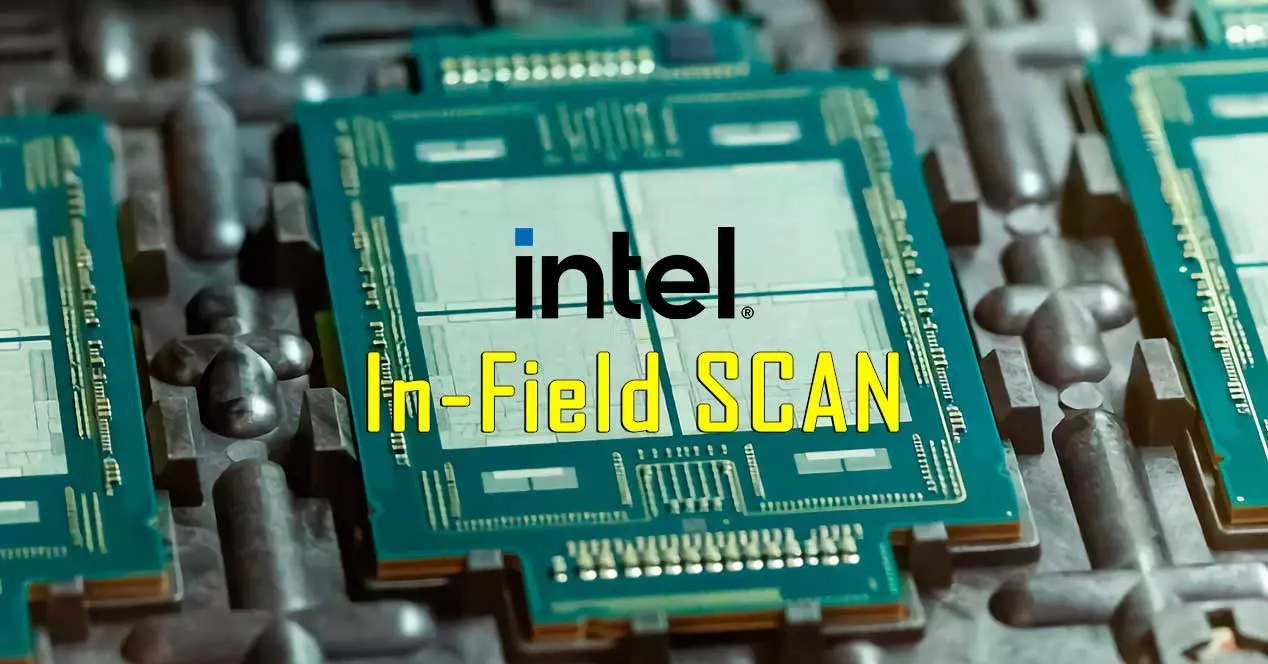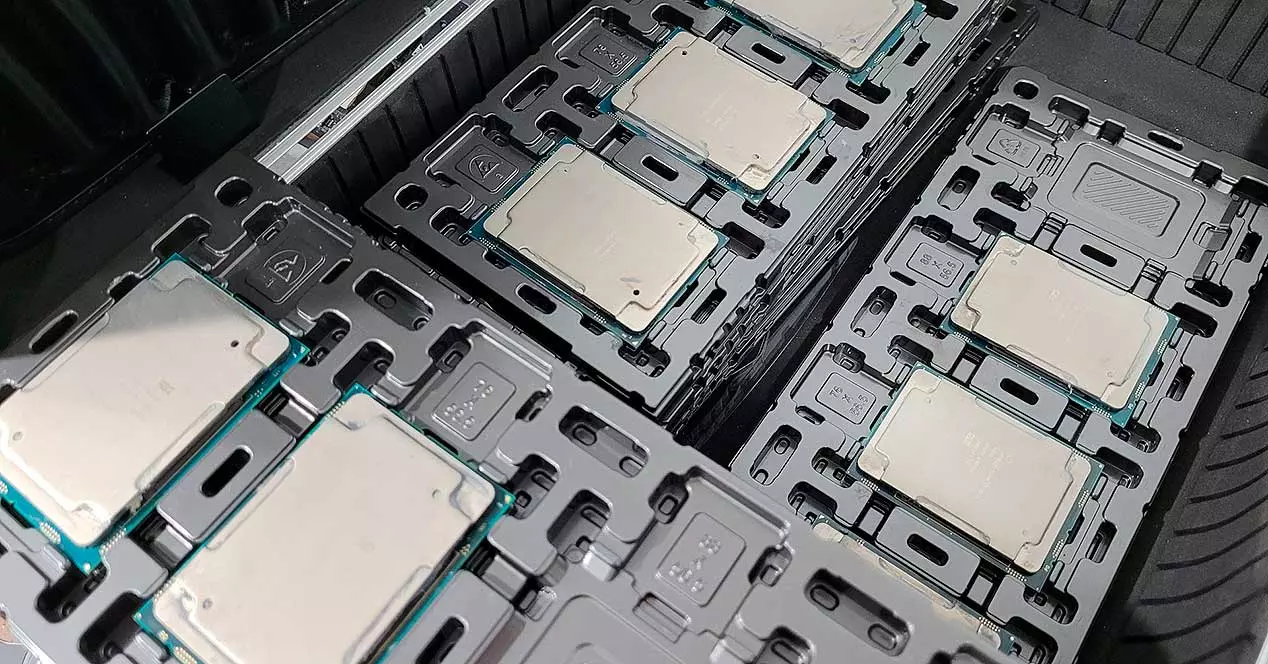
Today, processors are a high-value piece of hardware that also have as their main strength their impressive cutting-edge technology and at the same time their toughness. It is very rare to find problems in a CPU, but as we well know, its structural and electronic performance is reduced as in any printed circuit. Therefore, Intel wants to go a step further in terms of aging detection and will launch a function called: In-Field Scan. How will it work?
There is no electronic system, piece of silicon, or system that is not affected by silicon degradation. From the moment that the voltage runs through its lines and transistors, this degradation occurs irremediably as the oxygen we consume ages us. Unlike us living beings, a processor does not show such aging, until now…
Intel In-Field Scan, a new feature for CPU
Intel wants to detect and show this aging problem with a new function that unfortunately will not arrive for processors that are already on sale. We do not know exactly how it will be implemented and how this detection will be, but we do know that it will be a hardware function that will allow various tests (unspecified at the moment) to be executed at the level of the internal circuit of the processor in its cores.
These tests will determine if there are hardware problems that the parity or ECC checks do not show. With this we understand that there will be several key points to deal with, such as the BMI, the Cores or the iGPU (the latter if it reaches the Mainstream range) and that the report will be quite brief in results.
Intel has named it as In-Field Scan or IFS (not to be confused with its foundry services) and will first reach the Sapphire Rapids CPUs focused on a sector as specific as online service providers or HyperScale systems.
A kernel for Linux in the first place
Everything seems to be done at the software level after the changes in the hardware. The OS kernel has to interpret what a driver integrates as firmware as if it were a microcode apart from that of the CPU itself.
This seems complex because it shows the need for the software to adapt to each series or generation of processors, and it will. The driver (to define it together in some way, firmware for the most purists) will allow various options, such as testing all the cores or a specific one, after which a report will be generated with the data of said tests.
With this system administrators will be able to be clear about which kernel fails due to aging or degradation, which ones are fine or simply some problem derived from them, such as a higher latency in the execution of instructions, voltage drops, frequency drops or longer access times to caches.
We don’t know if this will eventually come to desktop CPUs with Raptor Lake, for example, it may not even be necessary, but it’s certainly a big plus for Team Blue from a troubleshooting standpoint. Sapphire Rapids will be the first architecture to feature In-Field Scan and will be coming to market shortly, after which we can get a better idea of what it offers.





